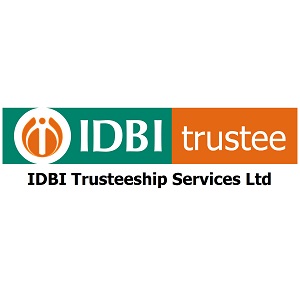
Assetmonk is a new age alternative realty investment platform.
Investors applaud us for
Curating
High potential real estate investment opportunities with smaller ticket sizes via fractional ownership
Customized
To suit individual financial goals like passive income capital appreciation and portfolio diversification.
With The Vision
Diversify the portfolio of every non-institutional investor with alternative
realty investments.
For The Mission
Making high quality alternative realty investments accessible through an investor-friendly platform
%
Average Yield
~–%
Average IRR
%
Repeat Investments
%
On Time Payouts
Product Exits
+
Cr AUM
Asset Categories
+
Investor Geographies



Founder & CEO

AVP, Business Development

Director Of Investments

Strategy & Partnership

Head of Marketing

Head of Engineering

Product Lead

Senior Manager – HR

Finance Manager










